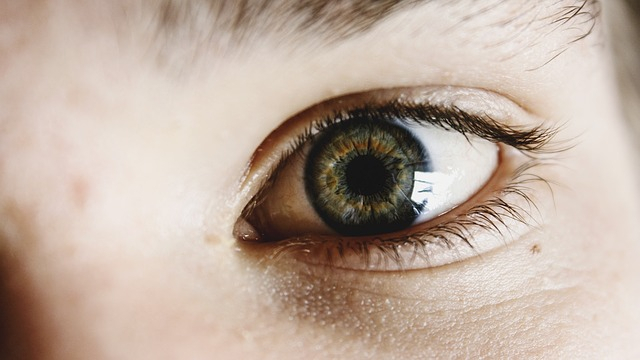
Eye drops that can improve farsightedness -- the inability to see or read nearby objects – have passed their Phase 2b clinical trial earlier this month, reports have said.
The highly tolerable eye drops by Israel-based Orasis Pharmaceuticals company were highly effective and quick in reversing poor vision, but the effects only lasted for a few hours.
The results of the Phase 2b study, designed to test both the efficacy and safety of the CSF-1 eye drops, suggested the product helped 166 participants across several research centres in the US temporarily improve their eyesight by three eye chart lines.
Orasis CEO Elad Kedar said the results were extremely positive and encouraging. "The results were great not only on the efficacy endpoints but also on the safety and tolerability. We are moving as quickly as possible into Phase 3," he continued.
Kedar said the drops were made from already existing chemicals used in eye medication, and the concentrations used in the product were far lower than those used for other treatments.
The drops, however, are not a one-time cure for poor eyesight, and only treat presbyopia -- age-related farsightedness, Forbes reported.
Dr Eve J Higginbotham, an ophthalmology professor at Perelman School of Medicine at the University of Pennsylvania, said these characteristics of the drops may double as their shortcomings.
Higginbotham, who specializes in glaucoma treatment, is well-versed with patients taking required eye drops for treatment and pointed out that patients often fell short when put in charge of administering their own treatments.
"There's a question of whether or not people will use these drops twice a day to see a little better up close," he explained, adding that using drops twice a day might be a challenge for the vast majority of individuals.
Farsightedness, extremely common and frequent in more than half of individuals over the age of 45, is largely caused by loss of elasticity in the eye lens as people age.
Higginbotham said that the drops appeared to increase lens elasticity, allowing the lens to be pushed into a spherical form more easily, and as a result letting, individuals see up close.
Kedar said the drops were an ideal solution for those who were squeamish of contacts and did not like the look of glasses and expressed confidence the product would be on the market sooner than later for such people.









